How to Invest in Silver? 10 Types of Silver Investment & Benefits
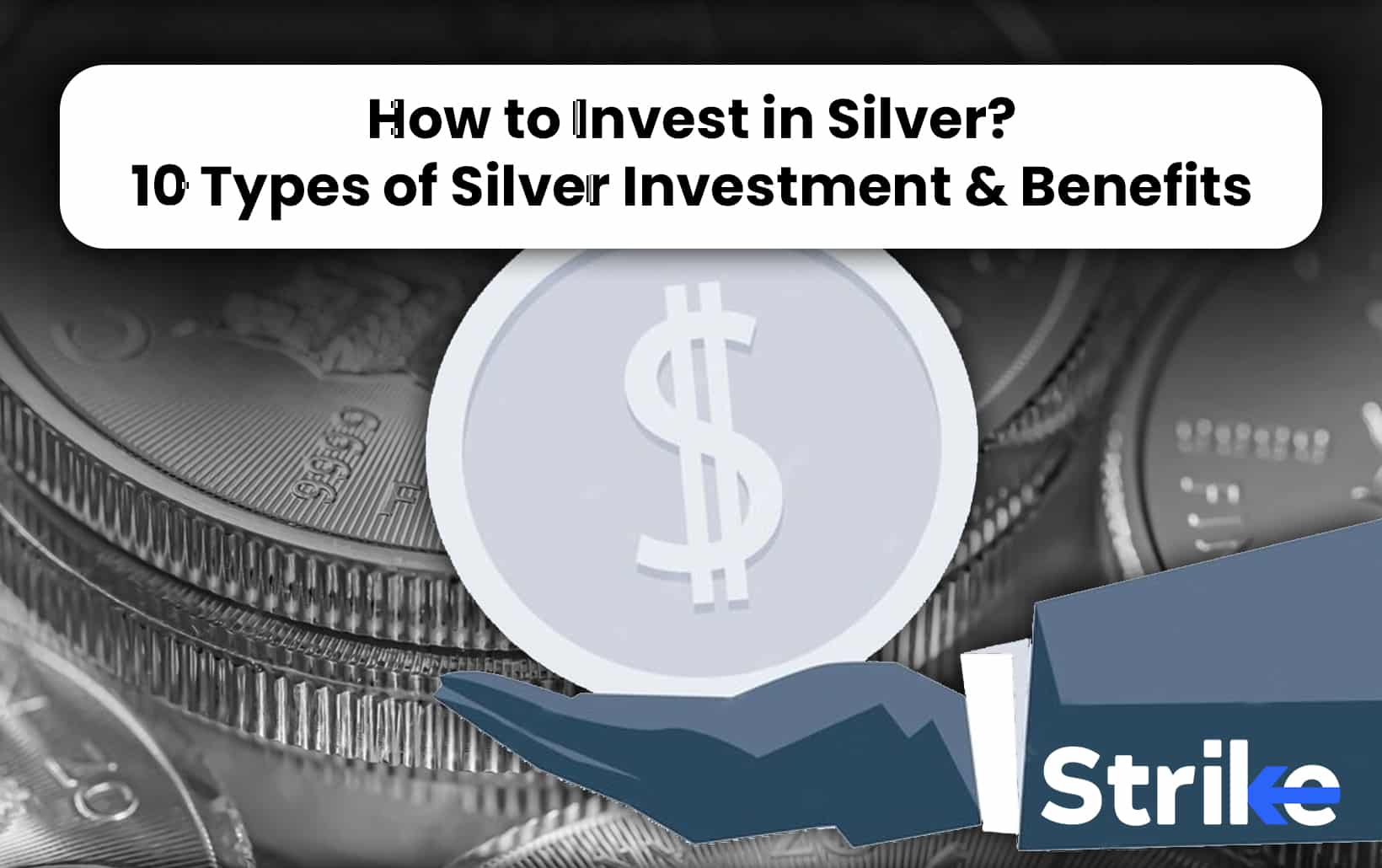
Investing in silver is a portfolio diversification strategy and inflation hedge. Silver has multiple investment options to match an investor’s goals, risk tolerance, and budget. The most traditional way is to purchase physical silver in coins, bars, or jewelry from reputable dealers. Investing in silver mining stocks provides leveraged exposure to silver prices. For paper silver, one invests in digital silver, ETFs, futures, and options depending on the investment horizon and appetite for risk.
Key factors are the investment objective, the minimum investable amount, expected returns over different time periods, applicable charges, and taxation. Returns on silver vary based on global economic trends, industrial demand, supply dynamics, and domestic factors impacting prices. Over the long term, silver has proven to be a stable investment asset.
Silver is generally seen as an effective portfolio diversification tool given its low correlation to other asset classes like stocks and bonds. It acts as a hedge against inflationary pressures. Silver also enjoys high liquidity, making it easy to buy and sell. However, silver tends to be more volatile than gold. Proper due diligence is required before investing in mining stocks. Overall, silver offers good potential for portfolio growth and asset preservation if invested prudently.
1. Digital Silver
Digital silver, also known as e-silver, is a way to invest in silver digitally through platforms like the National Spot Exchange. Digital silver is bought in small amounts, starting at 1 gram of silver.
Digital silver allows you to hold your silver purchases in dematerialized or demat form rather than taking physical possession. The returns on digital silver investments closely follow the price movements of physical silver.
Over the last 5 years, silver prices have seen some fluctuations but have been relatively stable, averaging annual returns around 5-7%. The main benefits of digital silver are the low investment amounts, ease of buying/selling, and no issues with storage.
There are no tax benefits and charges like brokerage fees apply to transactions.
2. Physical Silver
Physical silver refers to buying silver in its physical form as bullion, jewelry, or coins rather than in paper/digital formats. The most common way to buy physical silver in India is purchasing silver bullion bars or coins from jewelers, banks, or commodities exchanges.
The minimum investment amount is as low as 1 gram, while there is no maximum limit. Over the last 5 years, physical silver has given average annual returns of 4-6%. Over 10 and 20 years, average returns have been around 5-8% annually.
There are Making Charges of Rs 50-100 per 10gms. At commodity exchanges, brokerage fees of 0.1-0.5% apply. Selling within 3 years leads to short term capital gains tax of 15-30% while long term capital gains tax beyond 3 years is 10-20%.
The key benefits of physical silver are portfolio diversification, inflation hedge, easy liquidation, and low investment amounts. Downsides include storage concerns, pricing volatility, and lower returns than other assets.
3. Silver Mining Stocks
Silver mining stocks represent ownership interests in companies that are engaged in the exploration, mining, and production of silver. Investors buy shares of individual silver mining companies or silver ETFs on stock exchanges. The minimum investment amount depends on the stock brokerage but is often around ₹500-1000 per share. The maximum investable amount depends on one’s risk appetite and investment goals.
Over the last 5 years, silver mining stocks have provided average annual returns of 10-15%. Over 10 and 20 years, average annual returns have been 8-12% and 7-10% respectively. Investing in silver mining stocks has tax implications – short term capital gains tax if held for under 1 year, and long term capital gains tax if held for over 1 year.
Benefits include potential for capital appreciation, dividends, leveraged exposure to silver prices. But silver mining stocks tend to be volatile and risky. Proper due diligence, risk management, and diversification is advised before investing in silver mining shares.
4. Silver Bullion
Silver bullion refers to pure silver that is traded on commodity exchanges. Silver bullion is available as coins or bars and has a purity of 99.9%. The minimum investment amount for silver bullion is usually 1 gram. The maximum depends on one’s budget and investment goals.
Over the last 5 years, silver has averaged annual returns around 5-10%. Over 10 and 20 years, average returns are 5-15% depending on market conditions. When buying silver bullion, investors pay a small premium over the spot price to cover the cost of producing and distributing the coins or bars.
Profits from selling silver bullion are taxed at the capital gains tax rate. Benefits of investing in silver bullion include portfolio diversification, a hedge against inflation, and high liquidity. Other key aspects are finding reputable dealers, proper storage, and keeping up with market news that impacts silver prices.
5. Silver Coins
Silver coins are available in various weights from 1 gram to 10 grams from banks, jewellers, and online sellers. Buying from reputed sellers ensures purity and authenticity. Silver coin prices fluctuate daily based on market rates.
Returns vary based on long-term price trends but average 15-20% over 5-10 years. Tax implications are nil if selling after 3 years. Short-term capital gains tax applies if sold within 3 years.
A key benefit of silver coins is liquidity – they can be easily sold when required. Other benefits are low investment amount compared to gold, easy storage, and silver’s industrial usage which boosts demand. Factors affecting prices are rupee value, global economic trends, demand-supply, and domestic factors.
Silver coins offer a stable long-term investment option though returns are lower than equity.
6. Silver ETFs
Silver exchange traded funds (ETFs) are mutual fund schemes that invest in physical silver or silver-related instruments. To buy silver ETFs, one needs to have a demat and trading account. The units are bought and sold on the stock exchange like shares. The minimum investment amount is the price of 1 unit, which is approximately 1 gram of silver.
The maximum investment depends on one’s risk appetite. In the last 5, 10 and 20 years, silver ETFs have given average annual returns of 10-15%, 15-20%, and 10-15% respectively. ETFs have expense ratios up to 1% charged annually.
Long term capital gains over Rs 1 lakh are taxed at 20% and short term at 15%. Benefits include no storage costs, high liquidity, and transparency. Risks include volatile silver prices and tracking error.
7. Silver Futures
Silver futures are derivative contracts that allow investors to buy or sell silver at a preset price for delivery on a future date. Silver futures are traded on exchanges like MCX and require a trading account. The minimum investment amount is 1 kg of silver, while maximum depends on risk appetite.
In the last 5, 10 and 20 years, silver futures have given average annual returns of 10-15%, 15-20% and 10-15% respectively. Charges include brokerage fees up to 0.05% of the contract value. Profits from futures held over 36 months attract a 20% long term capital gains tax, while short term gains are added to income and taxed as per slab.
Benefits include leverage for higher returns, the ability to hedge positions and transparency. Risks include high volatility, margin calls, and tracking errors.
8. Silver Options
Silver is purchased in India through coins, bars, jewelry, and paper forms like ETFs and e-silver. Coins and bars can be bought from banks, jewelers, and online dealers starting from 1gm upto kgs.
ETFs and e-silver provide paper ownership of silver without physical possession. The minimum investment amount depends on the form – it can be as low as ₹100 for e-silver or ₹500-1000 for coins. The maximum is unlimited.
Over the last 5, 10, and 20 years, silver has given compounded annual returns of around 10%, 13%, and 12% respectively. Charges include making charges for jewelry, premiums on coins/bars, and fund management fees for ETFs.
Silver is treated as a capital asset for taxation purposes – short term capital gains tax if held for <36 months and long term capital gains tax if held for >36 months. Key benefits are high liquidity, inflation hedge, industrial utility, and portfolio diversification.
9. Silver Jewelry
Silver jewelry is an investment vehicle due to its dual benefit – it is worn as an ornament and also retains investment value. Jewelry can be purchased from jewellers, online stores, banks, etc in various designs and weights, starting at a few grams. There is no minimum or maximum limit.
Charges include making charges levied by the jeweler, which vary based on design complexity. Silver jewelry is treated as a capital asset for taxation. Short term capital gains tax applies if sold within 36 months; otherwise, long term capital gains tax applies. Benefits include ease of purchase, usage as ornament, and good resale value. The resale value depends on silver purity, design, and manufacturing.
10. Silver Certificates
Silver certificates were a form of paper currency issued by the United States between 1878 to 1964. Silver certificates were redeemable for their face value of silver and circulated alongside other forms of paper money.
The certificates carried a promise to pay the bearer the face amount in silver coins or bullion. They were issued to allow silver to circulate as currency alongside gold. The number of silver certificates in circulation was limited to the amount of silver held by the government.
With the decline of silver coins, silver certificates were phased out in the 1960s. Today, they are collectible banknotes that hold a numismatic value higher than their face value.
When Should You Buy Silver?
It’s generally advisable to buy silver when the economy is strong and prices are relatively low. As silver is both an industrial metal and a precious metal, demand rises when economic growth is high. Investing during market dips can also yield good returns when prices recover. However, avoid buying when stock market prices are at multi-year highs. It’s also wise to dollar cost average – periodically invest fixed amounts rather than lump sums. This averages out the purchase price over time and can help mitigate the volatility of the stock market. What is the ROI of Silver?
Why Is Silver a Good Investment?
Silver has potential to give high returns as its prices are more volatile compared to gold. Silver has industrial usage so demand rises when economic growth is high. It acts as an inflation hedge like gold. It provides portfolio diversity when invested along with stocks, bonds etc. Silver is highly liquid making it easy to buy and sell.
What is the cheapest way to buy Silver?
The cheapest way to buy silver is in the form of silver bars or ingots. Buying silver bars avoids the premiums charged on coins for minting and packaging. Another affordable option is silver jewelry, if purchased without intricate designs, which add to the making charges. Avoid collector coins or rounds, which sometimes have high premiums.
Is it better to buy Gold or Silver?
Gold is generally seen as a better investment than silver due to its lower volatility and higher demand as a safe haven asset. However, some investors prefer to invest in gold for its stability and safe haven status. Despite silver offering higher growth potential, many still choose to invest in gold to diversify their portfolios and protect against market volatility.
Is it better to buy Copper or Silver?
Silver is generally a better investment option than copper due to its status as a precious metal and monetary asset. Copper is more susceptible to industrial demand cycles. However, some investors prefer to invest in copper due to its lower upfront cost. Despite this, the potential for returns remains strong, making it an attractive option for those who choose to invest in copper as part of their diversified portfolio.









 Previous Article
Previous Article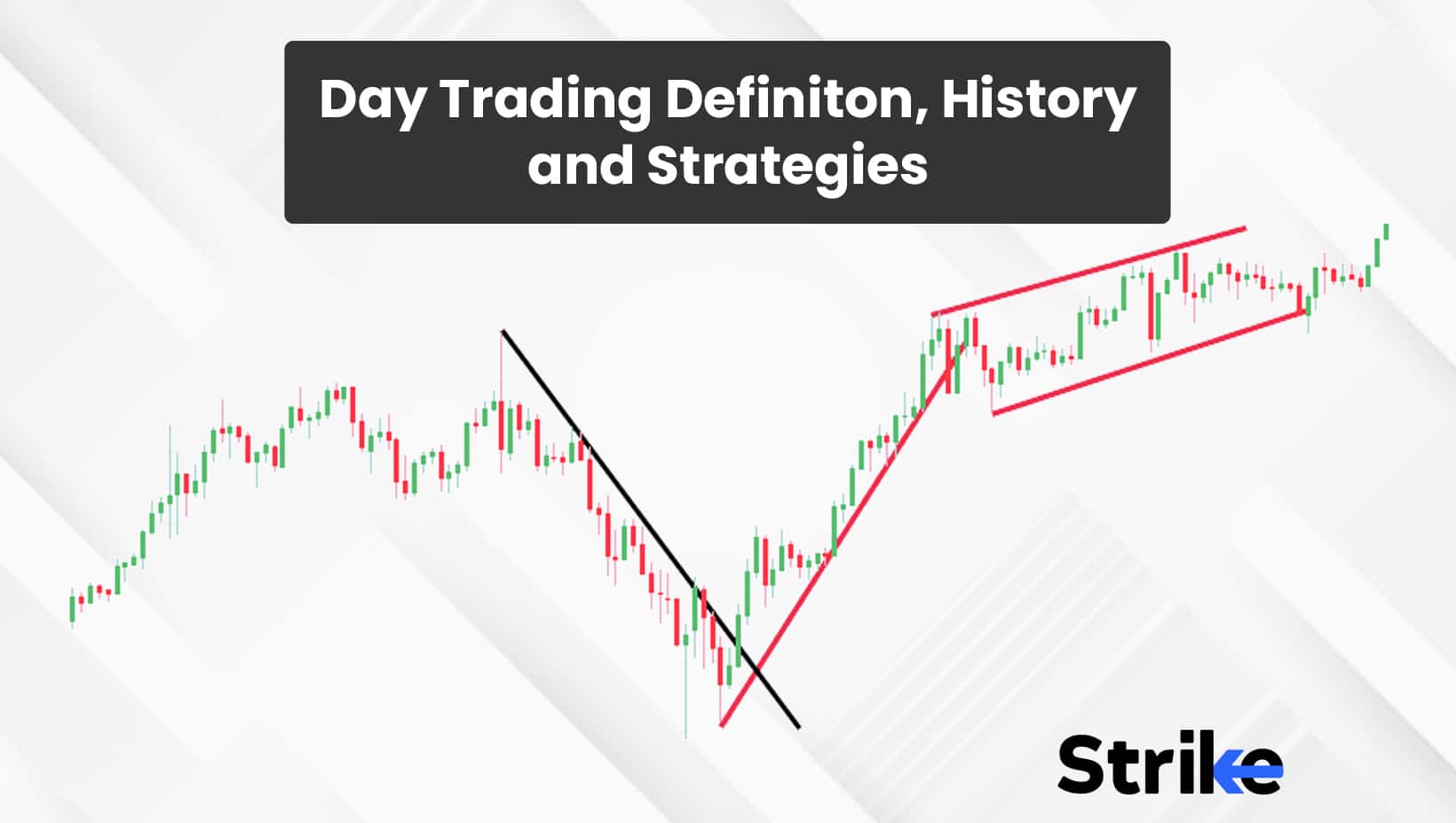
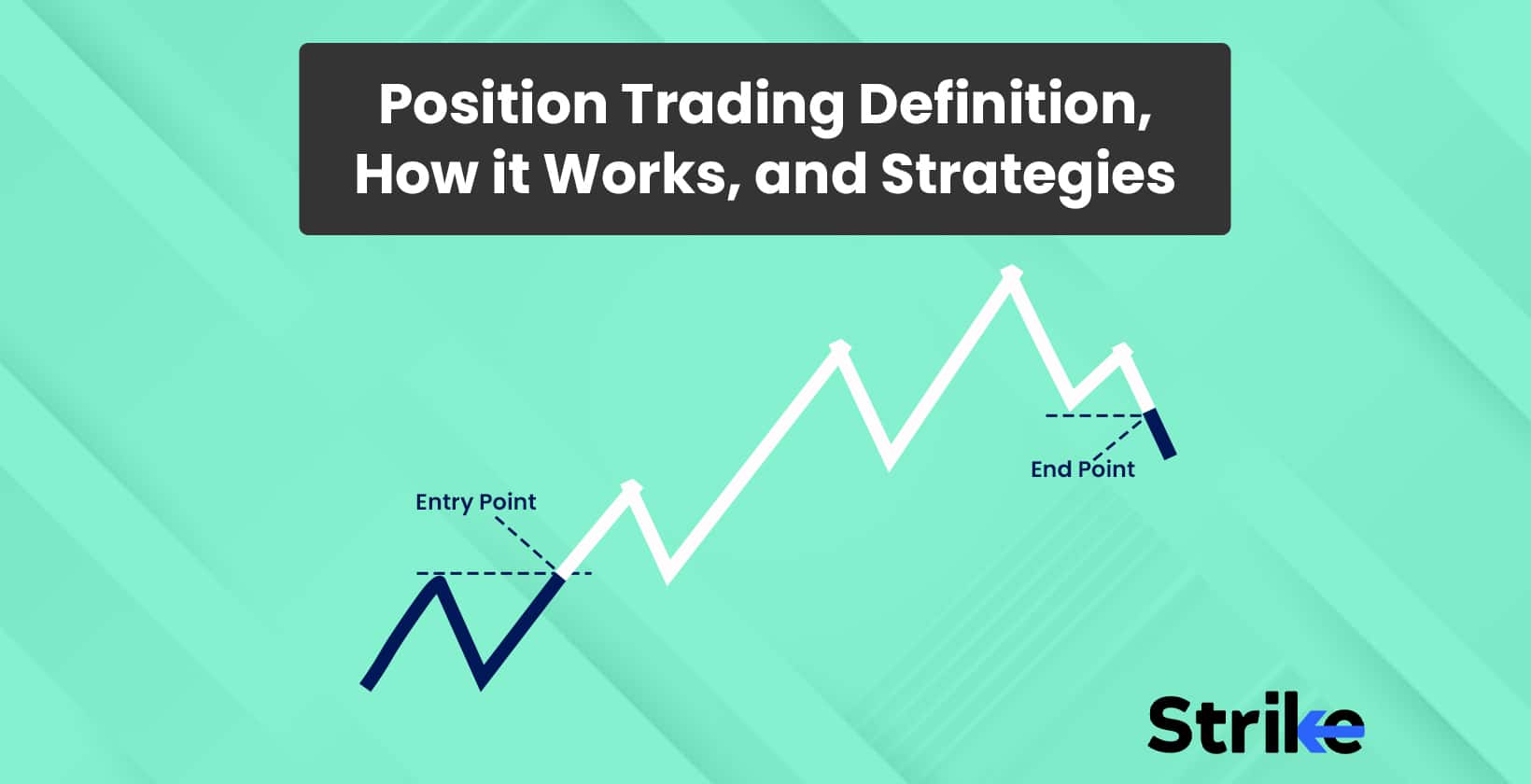
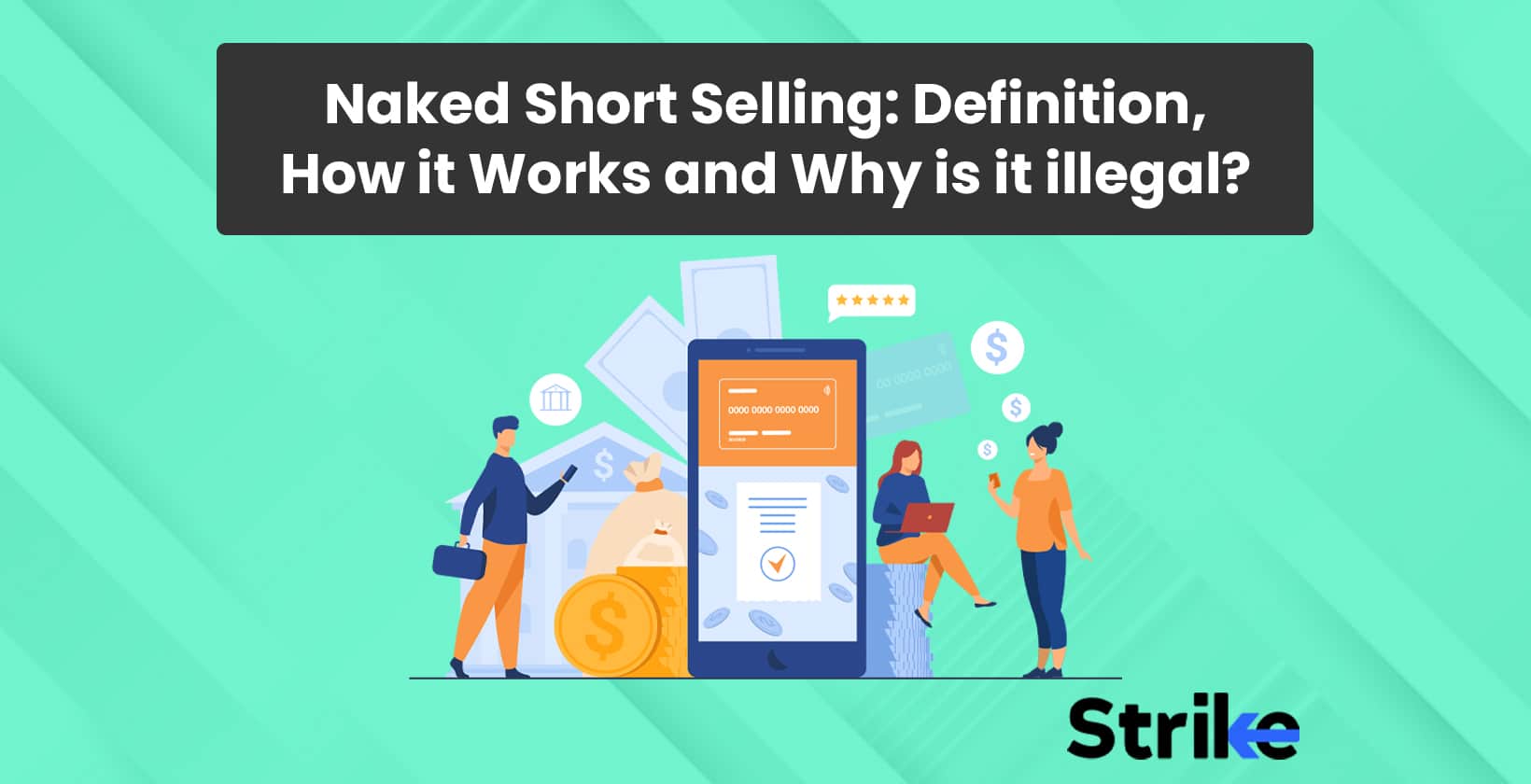
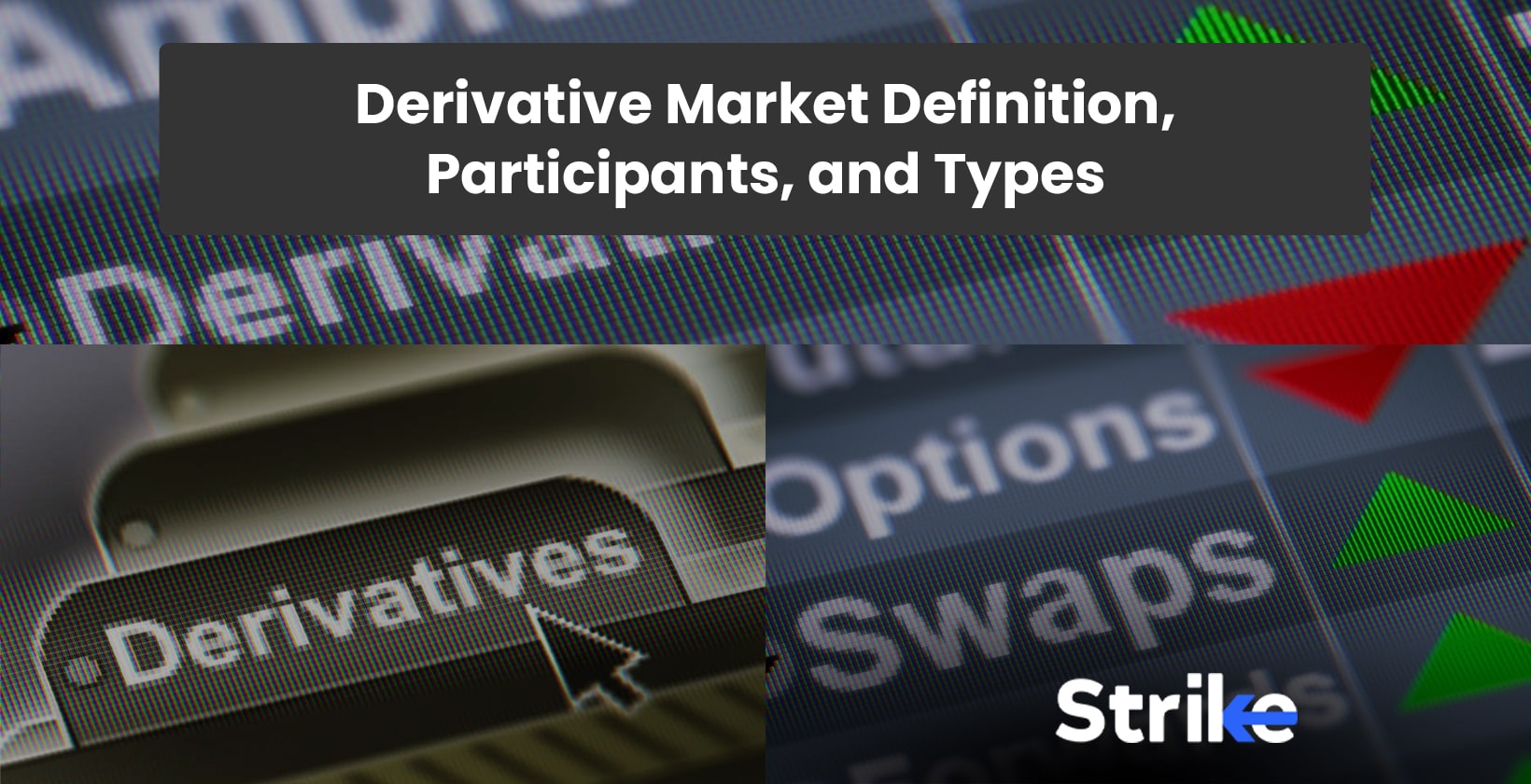
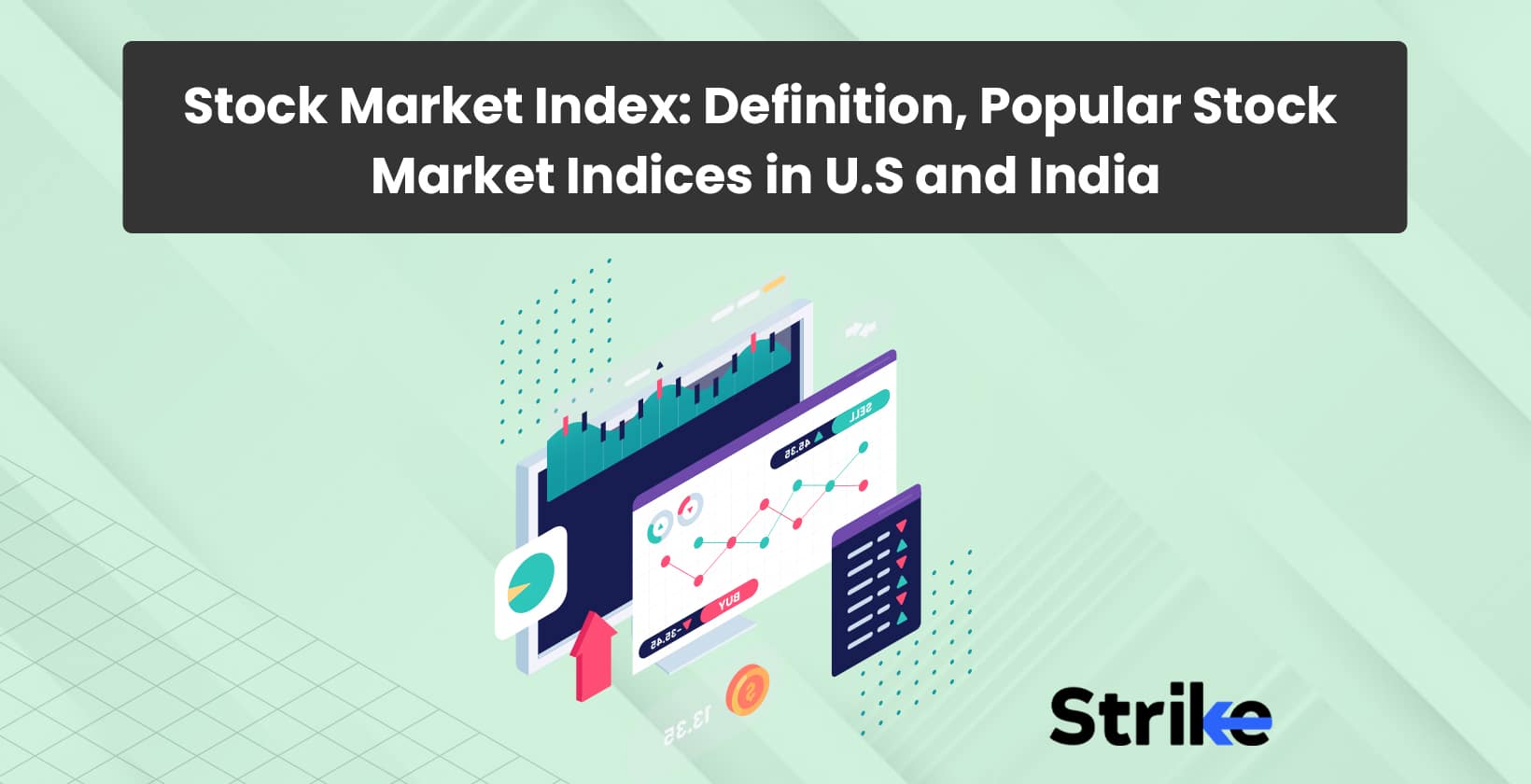
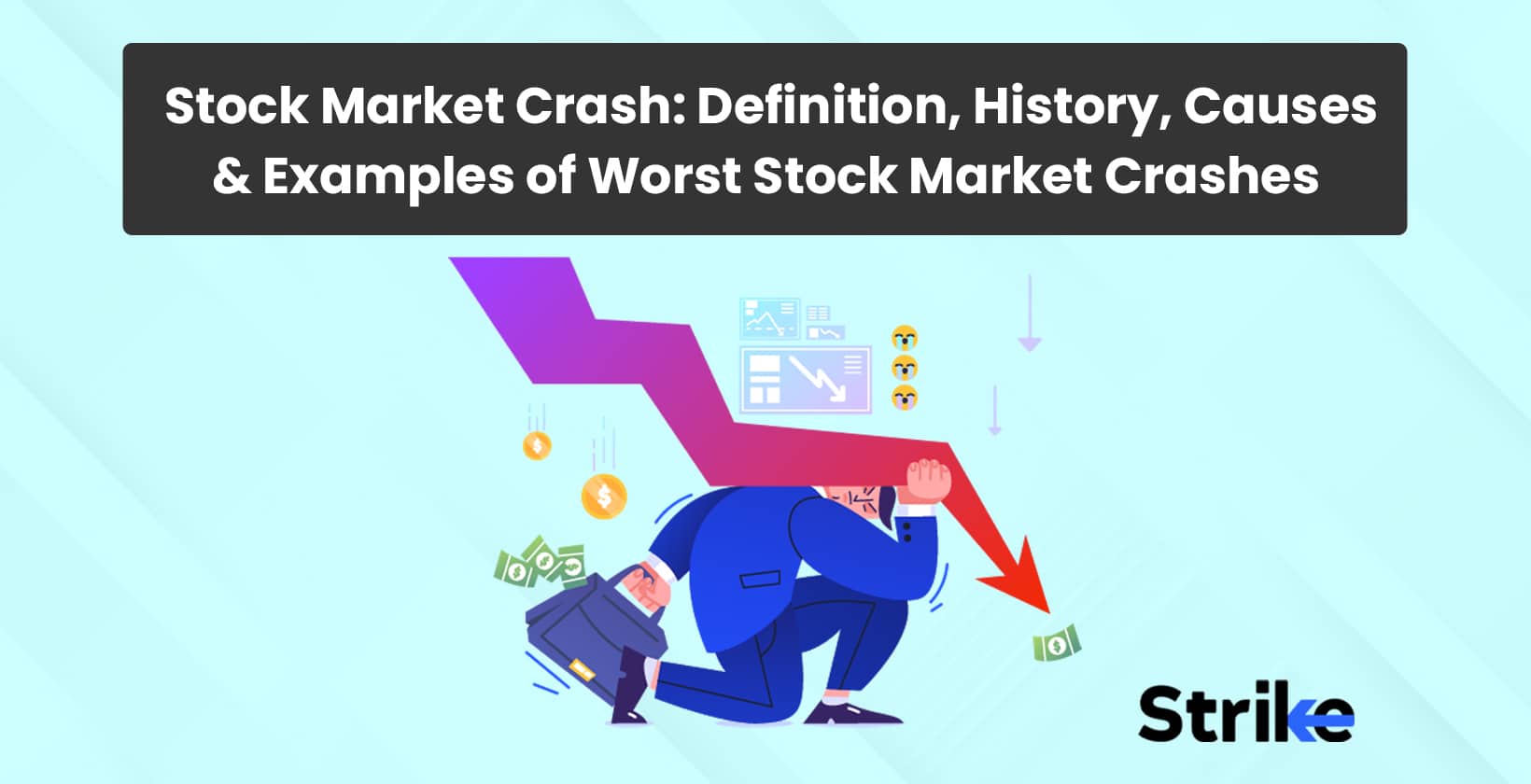

No Comments Yet